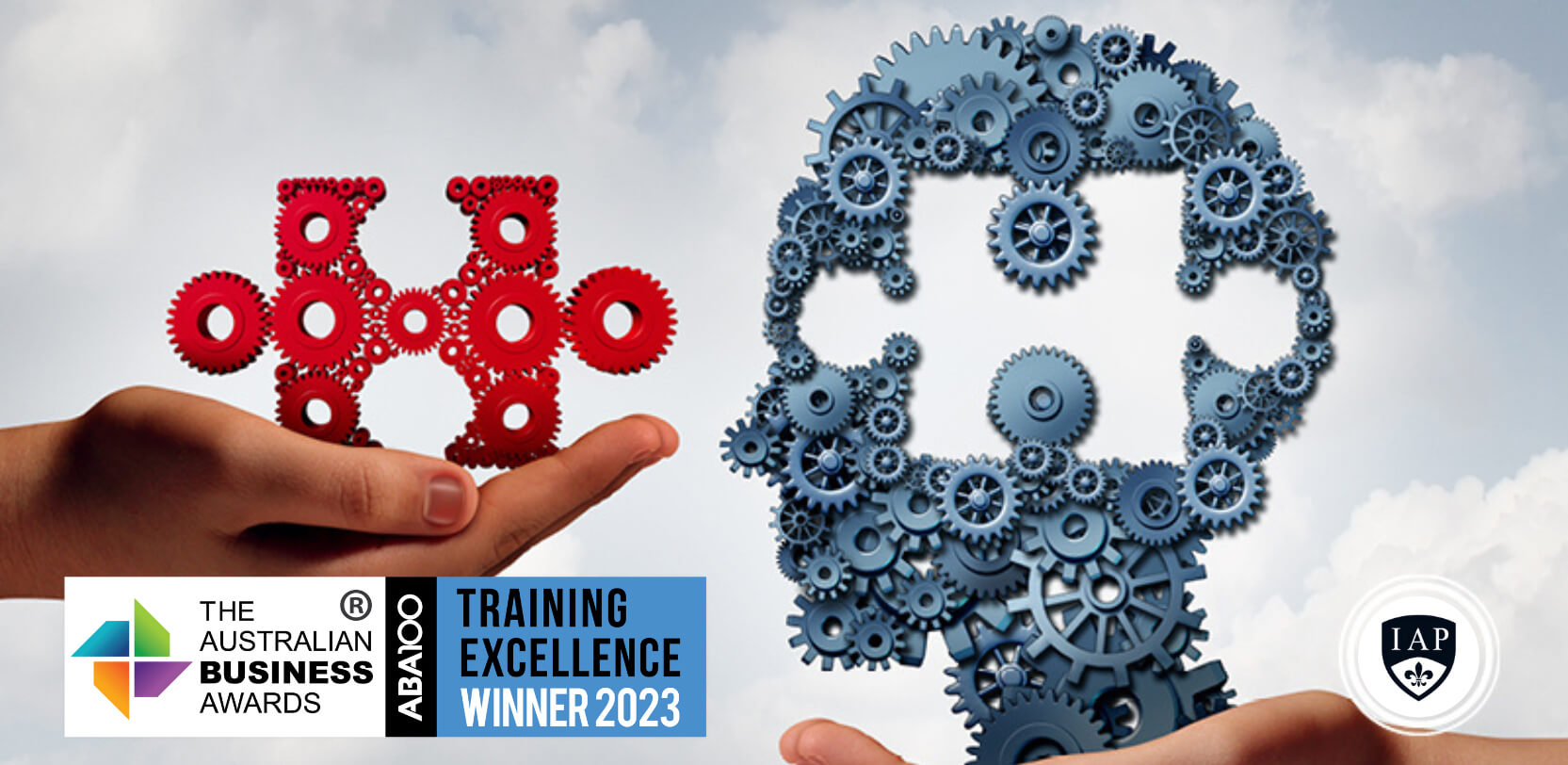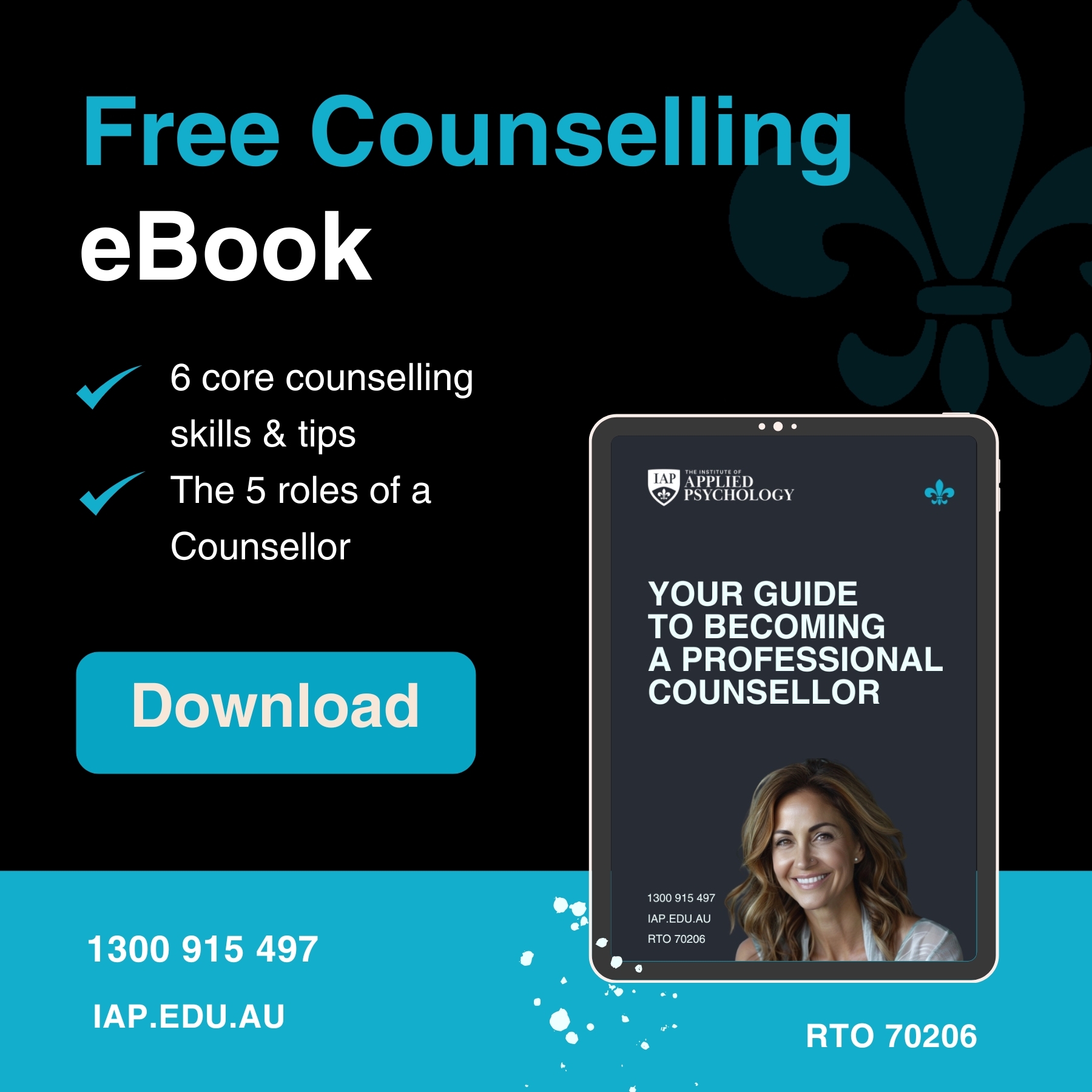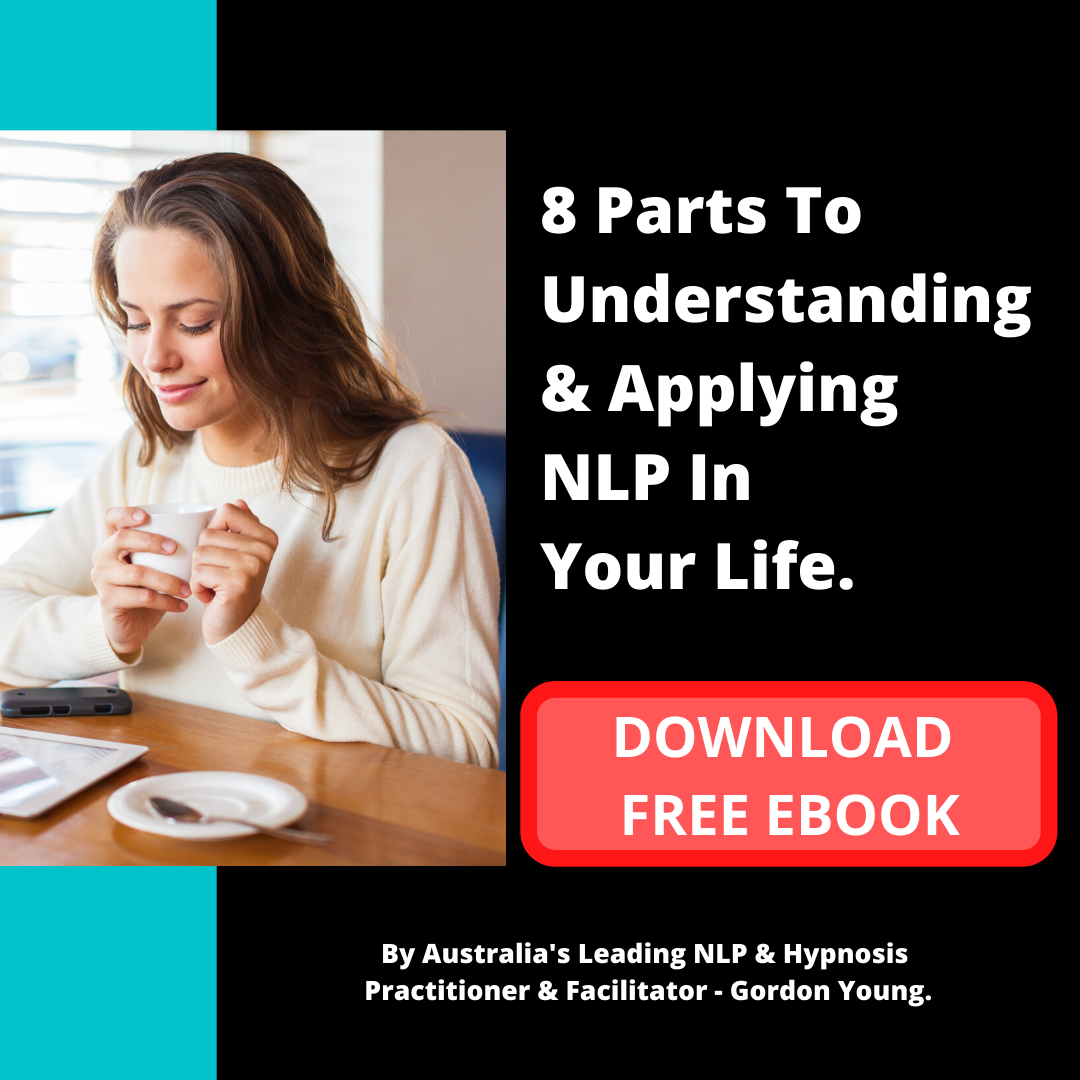GETTING THE EDGE IN BUSINESS WITH NLP
The rules for the Game of Business are changing.
“There are currently about one billion knowledge workers across the globe whose jobs specifically require them to combine action with a level of domain expertise—their knowledge—to generate value and make critical decisions.”
Business today is no longer like it was in the Industrial Age where “work” was mostly physical. Today business increasingly involves a focus on communication, information, self-management, self-initiate and self-discipline, relationships, networking, teamwork, etc.
That’s why such leading-edge fields as NLP and Neuro-Semantics inevitably play a critical role for those who want to stay on the cutting edge of business. After all, the business has for a long time involved psychology—the psychology of how people think, feel, and function.
Yet in using the word “psychology,” I know that I have really not used the right word. “Psychology” typically carries connotations of fixing people, healing traumas, and getting over “issues,” and that is not what business is about. Instead, business mostly involves how people work— how they get into the states they do, create the skills, behaviours, interactions, and experiences they do, and how they process information. It’s about discovering and
implementing how people work at their best.
Leading Edge Models for Reading People
Because NLP and Neuro-Semantics are models of how people operate, they provide us with working models from the latest discoveries of the neurosciences, cognitive psychology, accelerated learning, the structure of mastery, etc.
Why is that important?
Because if we know how people operate—their operating programs for thinking, deciding, feeling motivated, being persuaded, taking the initiative, in a word, in how to read them— it puts us several steps ahead of those who don’t have a clue. Actually, NLP began as a communication model. It was synthesized from three world-class communicators who had a
a magical way of using words to affect and influence people.
The first NLP model (called “the Meta-Model”) was a model about how to use words and especially questions in such a way that just by talking you could gather high-quality information that was precise and accurate, how to use words to create rich maps that enable us to know what we want and how to get there and to enable others to understand us.
This led to such NLP patterns as setting up goals or outcomes that are well-formed and enhancing. It led to patterns for self-motivation and initiative so that we can take our brains and destinies into our own hands and proactively make things happen for us.
It has led to patterns for accelerated learning. This gives people the edge of getting more information and being able to use it more effectively. It has led to the development of a model about how people “see” the world and how to profile their perceptual filters (the MetaPrograms). And knowing that enables some to use NLP to hire the right people and build rapport
in minutes rather than days or months. It has led to a more informed way of thinking about the processes of selling and influencing so that the modern salesperson first seeks to understand.
This explorative approach surprisingly creates the necessary rapport and trust that then customises the sale, so that we sell precise benefits to a given person’s specific values. No wonder NLP-trained sales people report higher sales earnings and a lot more enjoyment of their work. That’s a typical result when a person knows how to recognize and play to another’s
internal strategy for considering and deciding.
Today people in a wide range of occupations, from teachers, lawyers, doctors, psychologists, and salespeople, to marketers and politicians, study and use NLP. Some do it overtly, but most covertly. They simply use the models and patterns to make their business work more smoothly and efficiently. They use it on themselves first to run their own brains and states.
By accessing their very best states, they are able to produce more, experience less stress, and achieve their goals more effectively. This sets them out from the crowd. It makes them more valuable and so increases their ability to contribute and make more money.
They also use it to more subtly enable others to run their own brains and so manage their own states. This enriches the lives of others, makes for better relationships, and for higher-level management and leadership skills. They use it to enrich their natural skills of profiling people. This makes them more intuitive about people, thereby giving an added boost to the accuracy of their decisions.
In these and many more ways, NLP and Neuro-Semantics have been leading the way about how to get the most out of yourself and others—how to be the best version of yourself. Yet these models are not a hard-nose approach; they can be applied naturally, gently, and covertly. That’s part of their beauty and elegance.
As you learn NLP, and become a practitioner of the art, you add a “touch of magic” to your everyday communications and relationships. And as you take more charge of your own mind, your emotions become more manageable, so do your relationships, and then you can count on the fun meter of life increasing by many points!
The Power of NLP and Neuro-Semantics for enriching your life.
I am often asked, “How has NLP changed your life?”
Sometimes it comes in a personal conversation as someone inquires about the actual benefits of learning NLP, sometimes on a radio or television interview, and sometimes by people just passing the time on an aeroplane. Yet when I think about the changes in my own life since stumbling upon NLP and having the privilege of co-founding the field of Neuro-Semantics, it
all almost seems too incredible to be true.
At the heart of how NLP has improved my life is the central theme of NLP— It has given me the practical tools whereby I can truly “run my own brain.” Prior to NLP, I was not quite sure about how brains ran; I really never thought about it in those terms and certainly didn’t know much about how to take control of my own brain. NLP changed all of that. It gave me that
language by which I could even think of such things and then provided “patterns” or processes by which I could get my brain to do my bidding.
Sometimes when I think of the pre-NLP days, when my brain seemed to have a mind of its own and when my emotions certainly seemed to “have” me a lot of the time rather than I “had” them, the transformation astonishes me. Knowing that every experience has a structure and that I have the means in NLP and NS to identify that structure and use it to my benefit, there’s a sense of control over any and every experience I encounter —whether my own or someone
else’s.
All of this equally applies to my lifestyle, business, health, and relationships. Using NLP and NS, I discovered the structure of wealth building and eventually stopped working for money and got money working for me. This led to taking charge of my career in a way I once never even thought possible.
It has led to becoming financially independent so that I no longer feel the pressure of bills but can choose my lifestyle based on my personal values and visions. I have detailed much of this in my newest book, Games Business Experts Play (2001) and in the Wealth Building training (Game Wealthy People Play).
The “Games” I play involving what I say and do, my interactions with others, and even how I feel and think are all functions of my Frames (my frames of mind). This describes the newest way we talk about the structure of excellence using NLP and NS. We live, play, love and work as we do according to our Frame Games.
It’s as simple as that; it’s as profound as that. I love the power in these models because if I want a new Game, if I’m sick and tired of the payoffs of the old Games, then change is as close as changing the rules of the Games (the frames). That’s the power of NLP and NS for making our lives richer and fuller.





